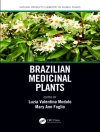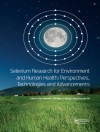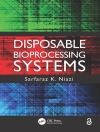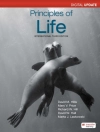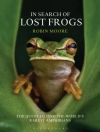Termites are believed to be the oldest eusocial insects and their morpho-physiologically distinct castes are called reproductives, workers, soldiers and immature forms. Termites are called xylophages or wood-decaying insects but can also feed on a variety of organic materials, including grasses, litter, humus, and components of the soil, such as hydrolysable peptides and polyphenolic compounds. These specialized feeding habits of termites are linked to their digestive apparatus and allow them to act as primary consumers and decomposers (herbivores and detritivores). In this book, chapter one discusses the connections between digestive processes of termites and their feeding habits and ecological role. In chapter two, the functional morphology of the digestive tube of ten species belonging to seven genera of neotropical Termitinae is analyzed, with the aim of characterizing and comparing the configuration of individuals from different castes. The final chapter in this book discusses the physical phenomenon which causes the absence of mites at high altitudes in Europe. The aim of studies conducted in chapter three, is to systematically review the relationship between allergen exposure in Europe and altitude-related characteristics.
Timothy White
Termites and Mites [PDF ebook]
Distribution Patterns, Biological Importance and Ecological Impacts
Termites and Mites [PDF ebook]
Distribution Patterns, Biological Importance and Ecological Impacts
ซื้อ eBook เล่มนี้และรับฟรีอีก 1 เล่ม!
รูป PDF ● หน้า 108 ● ISBN 9781634840088 ● บรรณาธิการ Timothy White ● สำนักพิมพ์ Nova Science Publishers ● การตีพิมพ์ 2015 ● ที่สามารถดาวน์โหลดได้ 3 ครั้ง ● เงินตรา EUR ● ID 7226289 ● ป้องกันการคัดลอก Adobe DRM
ต้องใช้เครื่องอ่านหนังสืออิเล็กทรอนิกส์ที่มีความสามารถ DRM


